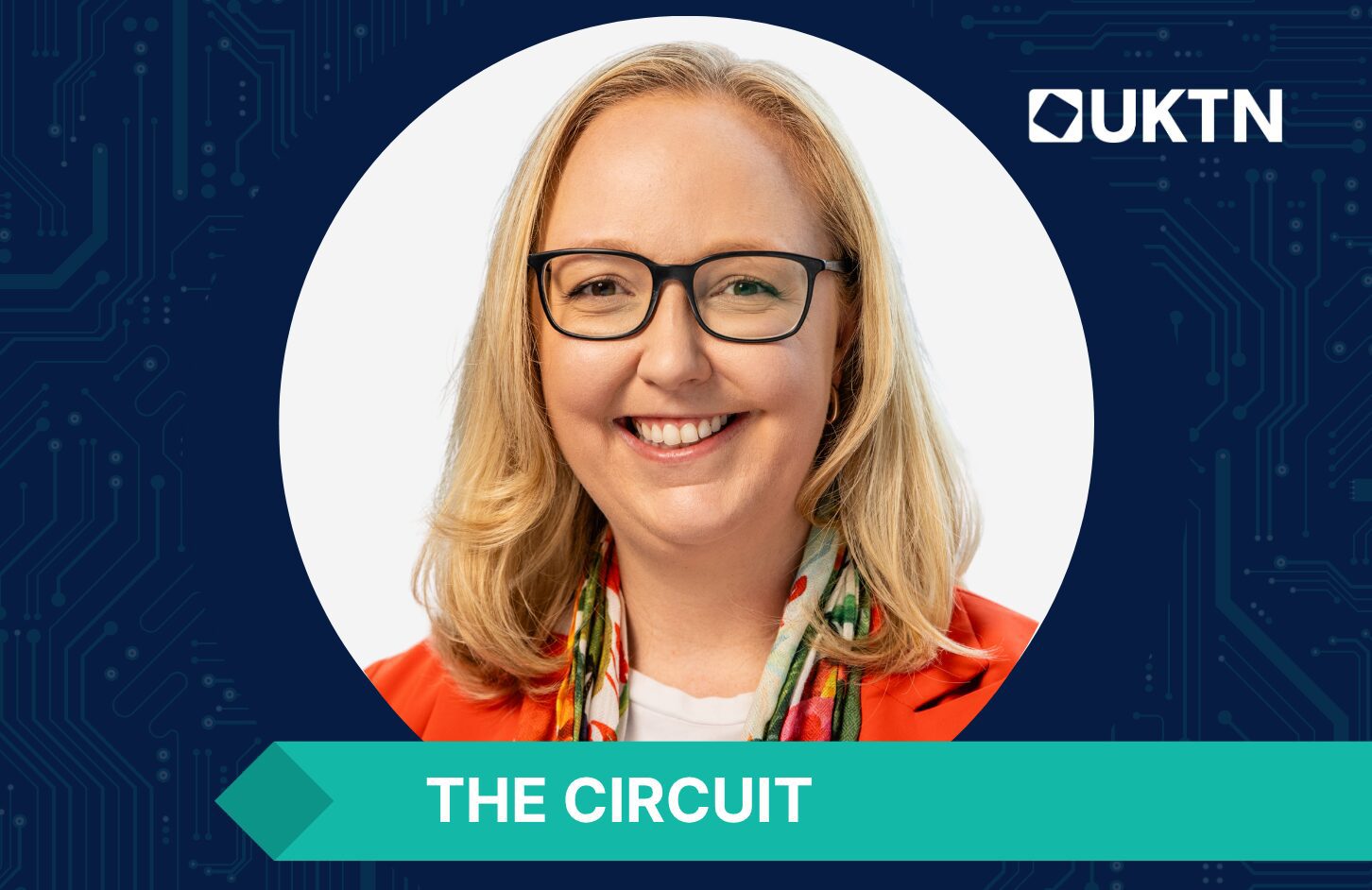Welcome to The Circuit series. Meet our next interviewee:
The open consumer reviews website Trustpilot is a web 2.0 veteran faced with navigating a GenAI platform shift, as AI-powered search tools accelerate access to information.
The company is using AI to identify and remove fake reviews, deleting approximately four million each year. The platform has also expanded the tools it offers businesses to mine insights from customer reviews, helping to boost recent financial performance.
In an exclusive interview with UKTN, chief strategy officer Carrie Ryan discusses how Trustpilot is approaching this new age of AI and shares tips for businesses to make the most of customer review data.
How do you see AI, particularly LLM-powered search, changing the way consumers discover, trust, and act on reviews? How is Trustpilot preparing for that shift?
We are entering a new era of ‘embedded trust’, where confidence must be built directly into AI systems. Trust should be part of the models themselves, ensuring recommendations reflect genuine human input and community values.
As AI grows more complex and misinformation and fraud continue to rise, embedding trust has never been more critical.
At Trustpilot, we are looking to help solve that problem: to embed trust into new agentic workflows. That way, consumers can be sure that there is an independent, signal-driving recommendation engine powered by their feedback and acting for them.
We are living through a period of rapid change in which AI is transforming how people access, interpret and act on information
Trustpilot often acts as the voice of the consumer. How are businesses adapting to this increased transparency, and what does best practice look like when engaging with reviews constructively?
The guidance we provide to businesses is that consumers do not want perfect; they want to see that you are listening and responding. Getting a negative review can often be an effective catalyst for identifying opportunities for improvement.
Consumers are looking for businesses that listen and engage. These behaviours a signal of trust that go far beyond the Trustpilot score.
Looking back at your own career, what experiences best shaped your approach to strategy today, and how do those experiences inform the decisions you make about guiding Trustpilot in such a fast-changing digital landscape?
When I joined eBay in 2016, the company had just gone through a structured data migration, which meant we had the ability to review inventory and identify any key gaps. That ability to dive into our automated marketing outreach was a real ‘aha’ moment for me. I suddenly saw the true potential of the platform and its potential at scale.
There have been similar moments at other points in my career, for example when we were navigating through the Gen AI shift during my time at consumer internet investor Prosus. Ultimately, if you train on all available data but don’t invest in community platforms, there will be no more data, and these tools get worse.
My experience has shown the importance of continuously refreshing high-quality, authentic data to keep systems strong and effective.
With the rise of AI-driven search and shifting SEO dynamics, what is your vision for the future of Trustpilot?
I believe in our purpose. I think there is a need for a platform like ours: the what isn’t changing. It’s just the how, and it’s an evolution versus a pivot.
We are living through a period of rapid change in which AI is transforming how people access, interpret and act on information.
Trust is more critical than ever, and our vision to be the universal symbol of trust has never been more urgent or relevant.









